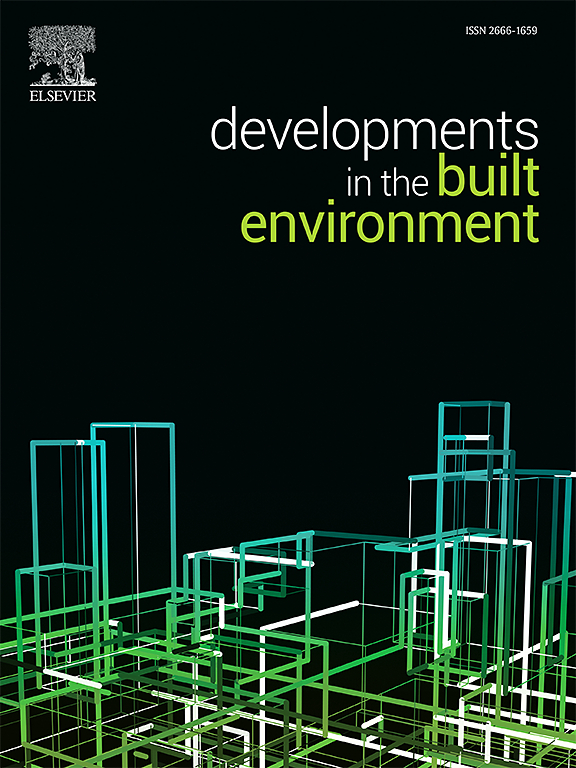Strengthening and impact performance of reinforced concrete (RC) beams using various high-performance fiber-reinforced cementitious composites (HPFRCCs)
IF 8.2
2区 工程技术
Q1 CONSTRUCTION & BUILDING TECHNOLOGY
引用次数: 0
Abstract
This study investigates the strengthening effect of various high-performance fiber-reinforced cementitious composites (HPFRCCs) on the impact resistance of reinforced concrete (RC) beams. Four different HPFRCCs—ultra-high-performance concrete (UHPC), high-performance strain-hardening cementitious composite (HPSHCC), engineered cementitious composite (ECC), and ultra-rapid-hardening strain-hardening cementitious composite (URSHCC)—were evaluated alongside a normal-strength concrete (NSC) as a control. The results showed that RC beams strengthened with UHPC and HPSHCC achieved the highest flexural load capacities, approximately 8 % greater than the plain RC beam. While UHPC reduced flexural ductility due to its lower tensile strain capacity, HPSHCC enhanced ductility. Strengthening with HPFRCCs also led to a reduction in maximum deflection under impact, with the S-UHPC beam showing the lowest deflection. Despite impact damage, RC beams retained residual flexural strength similar to undamaged beams but exhibited reduced flexural stiffness and ultimate deflection. However, UHPC and URSHCC experienced decreased load capacity after impact due to deformation beyond their tensile strain limits. These findings highlight the effectiveness of HPFRCCs, particularly HPSHCC, in improving the impact resistance and post-damage performance of RC beams.
各种高性能纤维增强胶凝复合材料(hpfrcc)对钢筋混凝土(RC)梁的加固及冲击性能研究
本文研究了各种高性能纤维增强胶凝复合材料(hpfrcc)对钢筋混凝土梁抗冲击性能的增强效果。四种不同的hpfrcc——超高性能混凝土(UHPC)、高性能应变硬化胶凝复合材料(HPSHCC)、工程胶凝复合材料(ECC)和超快速硬化应变硬化胶凝复合材料(URSHCC)——与正常强度混凝土(NSC)作为对照进行了评估。结果表明,经UHPC和HPSHCC加固的钢筋混凝土梁的抗弯承载力最高,比普通钢筋混凝土梁提高约8%。UHPC由于其较低的拉伸应变能力而降低了抗弯延性,HPSHCC则提高了抗弯延性。用hpfrcc加固也可以减少冲击下的最大挠度,其中S-UHPC梁的挠度最低。尽管受到冲击损伤,RC梁保留了与未受损梁相似的残余抗弯强度,但表现出降低的抗弯刚度和极限挠度。然而,UHPC和URSHCC在冲击后由于变形超过其拉伸应变极限而导致承载能力下降。这些研究结果强调了hpfrcc,特别是HPSHCC在提高RC梁的抗冲击性能和损伤后性能方面的有效性。
本文章由计算机程序翻译,如有差异,请以英文原文为准。
求助全文
约1分钟内获得全文
求助全文
来源期刊

Developments in the Built Environment
Multiple-
CiteScore
7.40
自引率
1.20%
发文量
31
审稿时长
22 days
期刊介绍:
Developments in the Built Environment (DIBE) is a recently established peer-reviewed gold open access journal, ensuring that all accepted articles are permanently and freely accessible. Focused on civil engineering and the built environment, DIBE publishes original papers and short communications. Encompassing topics such as construction materials and building sustainability, the journal adopts a holistic approach with the aim of benefiting the community.
 求助内容:
求助内容: 应助结果提醒方式:
应助结果提醒方式:


